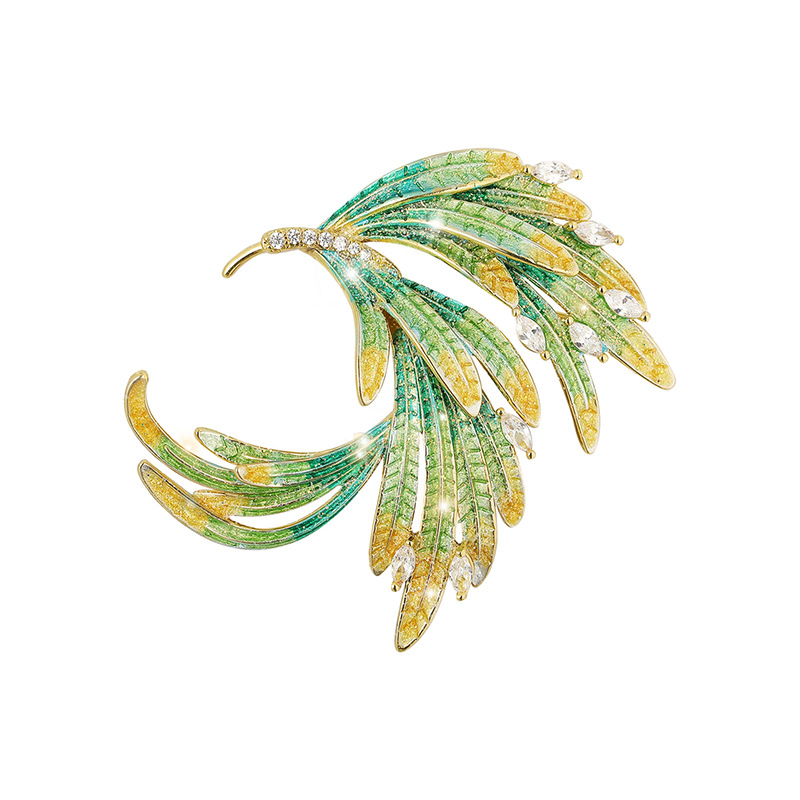# Smd Embossed Carrier Tape: Essential Packaging Solution for Electronic Components
## Introduction to Smd Embossed Carrier Tape
Smd embossed carrier tape has become an indispensable packaging solution in the electronics manufacturing industry. This specialized tape provides secure and efficient transportation for surface mount devices (SMDs) and other electronic components throughout the production process.
The embossed design of these carrier tapes creates precisely shaped pockets that hold components firmly in place, preventing movement and potential damage during handling, shipping, and automated assembly processes.
## Key Features of Smd Embossed Carrier Tape
### Precision Engineering
Smd embossed carrier tapes are manufactured with exacting precision to match the dimensions of specific electronic components. The embossed pockets are designed to:
– Accommodate various component sizes and shapes
– Maintain consistent positioning for pick-and-place machines
– Prevent component rotation or shifting during transport
### Material Composition
These carrier tapes are typically made from:
– High-quality polystyrene (PS)
– Polycarbonate (PC)
– Other durable thermoplastics
The material selection depends on the specific application requirements, including:
– Component sensitivity
– Environmental conditions
– Processing temperatures
## Benefits of Using Smd Embossed Carrier Tape
### Enhanced Component Protection
The embossed design provides superior protection against:
– Physical damage from vibration or impact
– Electrostatic discharge (ESD) when using conductive materials
– Environmental contaminants
### Improved Manufacturing Efficiency
Smd embossed carrier tapes streamline the production process by:
– Enabling high-speed automated component placement
– Reducing handling errors
– Minimizing component loss or misplacement
### Standardized Packaging
These tapes comply with industry standards such as:
– EIA-481 (Electronic Industries Alliance)
– IEC 60286 (International Electrotechnical Commission)
This standardization ensures compatibility with automated equipment across different manufacturers.
## Applications in the Electronics Industry
Smd embossed carrier tapes are widely used for packaging:
– Integrated circuits (ICs)
– Resistors and capacitors
– LEDs and other optoelectronic components
– Connectors and sockets
– Various other SMD components
## Customization Options
Manufacturers can customize embossed carrier tapes to meet specific requirements:
– Pocket size and shape variations
– Different tape widths (8mm to 56mm common)
– Various pocket spacing (pitch) options
– Special material requirements (ESD-safe, anti-static)
## Environmental Considerations
Modern smd embossed carrier tapes address environmental concerns through:
– Use of recyclable materials
– Reduced material thickness without compromising strength
– Compliance with RoHS and REACH regulations
## Conclusion
Smd embossed carrier tape represents a critical component in the electronics supply chain, offering reliable protection and efficient handling for sensitive electronic components. As electronic devices continue to shrink in size while increasing in complexity, the importance of precision packaging solutions like embossed carrier tapes will only grow. Manufacturers who invest in high-quality carrier tape solutions can expect improved production yields, reduced component damage, and overall cost savings in their assembly processes.




